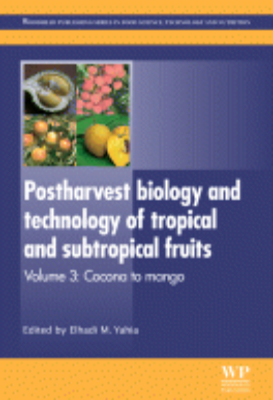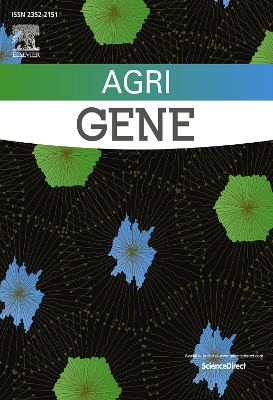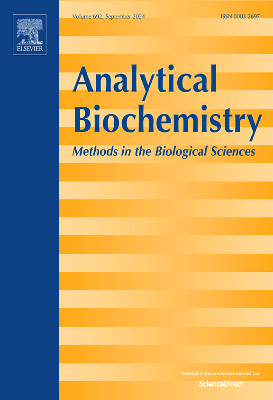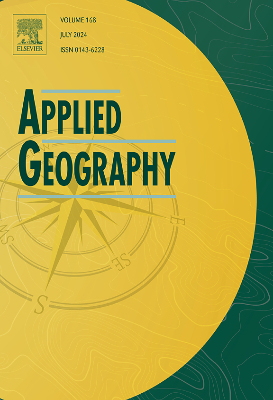Postharvest Biology and Technology of Tropical and Subtropical Fruits: 2011 Cocona to Mango
“While products such as bananas, pineapples, kiwifruit and citrus have long been available to consumers in temperate zones, new fruits such as lychee, longan, carambola, and mangosteen are now also entering the market. Confirmation of the health benefits of tropical and subtropical fruit may also promote consumption further. Tropical and subtropical fruits are particularly vulnerable to postharvest losses, and are also transported long distances for sale. Therefore maximising their quality postharvest is essential and there have been many recent advances in this area. Many tropical fruits are processed further into purees, juices and other value-added products, so quality optimization of processed products is also important. The books cover current state-of-the-art and emerging post-harvest and processing technologies. Volume 1 contains chapters on particular production stages and issues, whereas Volumes 2, 3 and 4 contain chapters focused on particular fruit.Chapters in Volume 3 of this important collection review factors affecting the quality of different tropical and subtropical fruits, concentrating on postharvest biology and technology. Important issues relevant to each specific product are discussed, such as postharvest physiology, preharvest factors affecting postharvest quality, quality maintenance postharvest, pests and diseases and value-added processed products, among other topics. Key Features. Along with the other volumes in the collection, Volume 3 is an essential reference for professionals involved in the postharvest handling and processing of tropical and subtropical fruits and for academics and researchers working in the area. Covers current state-of-the-art and emerging post-harvest and processing technologies. Important issues relevant to each particular fruit are discussed, such as postharvest physiology, preharvest factors affecting postharvest quality and pests and diseases”
| Publication Language |
English |
|---|---|
| Publication Access Type |
Premium |
| Publication Author |
* |
| Publisher |
Elsevier |
| Publication Year |
* |
| Publication Type |
ebooks |
| ISBN/ISSN |
* |
| Publication Category |
Crop Science |
Kindly Login to ICAR Digital Library Portal.











